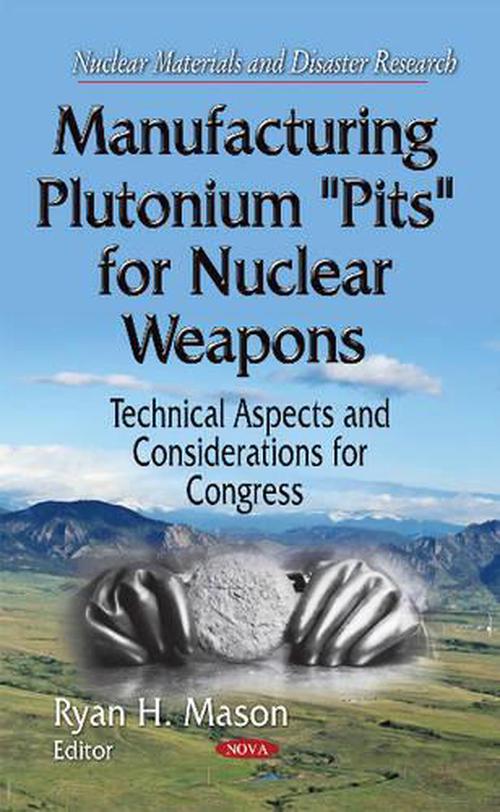
It’s the Pits:
How to Stop a New Nuclear Arms Race:
The Los Alamos Study Group
SANTA FE (March 27, 2023) — There are enormous historical events taking place that will affect everyone. Please keep checking our Ukraine page for daily updates. We’ve been closely following events there for the last nine years. Share that page with your friends.
We very much hope you will be able to attend Thursday’s important public meeting, the first we have held in Santa Fe in many months. [The Los Alamos Study Group is hosting an important public meeting in Santa Fe this Thursday, March 30, at 6 pm.]
Since our last meeting, there have been dramatic, and very welcome, developments in federal plans to construct, equip, and operate a plutonium warhead core (“pit”) production plant at Los Alamos National Laboratory (LANL) — namely, massive delays.
There are other nuclear weapons developments to report and discuss as well, both good and bad.
There is very little in the news about any of this. (Did you know, for example, that LANL plans to build a nuclear waste disposal site to support pit production? Probably not. The newspapers haven’t touched that.)
By June of last year, we had obtained documents describing an anticipated 1-2 year delay in LANL pit production. By early February, the delay expanded to roughly 4 years to reach full production, i.e. to at least 2030. Now, it is 5-7 years, to the 2031 – 2033 timeframe. Costs have meanwhile shot up even further.
These developments, combined with delays elsewhere, hold the potential to curb the US appetite and ability to conduct a nuclear arms race. They create, in northern New Mexico, a superb and unique opportunity not shared with any other locale in the US. It is an opportunity for us to show our quality.
If you don’t want to be a nuclear-colonial subject, now’s the time to stand up and firmly say so. Silence is taken as assent.
These pit production delays do not, by the way, affect existing nuclear weapons at all. They do have the potential to stop entirely new nuclear weapons, and/or hold down the number of new weapons.
The prospect of nuclear sobriety is very welcome, but we aren’t there yet. The National Nuclear Security Administration (NNSA) and Pentagon could also decide to double and triple down on their LANL mistake — to throw even more money at the problem and eliminate the “red tape” that slows them down. (There is a big nationwide plan for that, if you are interested.) Should that happen — well, “Katie, bar the door.”
It is very important to jump on this right now in part because of a public meeting on April 4 hosted by Santa Fe County involving NNSA Administrator Jill Hruby. What Jill comes away with from this meeting will depend on the level of engagement and the clarity of the message against ANY pit production at LANL and ANY pit production in the coming decade, for starters.
There will be a number of environmental issues raised. All of them originate with and from pit production and every one of them will be exacerbated by pit production at LANL, should it start up and then continue. Officially, Santa Fe County has not and does not oppose pit production at LANL. Neither do many others.

Some people foolishly hope that LANL pit production can be done “safely.” It never has been and can’t be. A few believe New Mexico should accept a “small” pit factory and therefore make no effort, serious or otherwise, to oppose it.
There’s nothing “small” about what is being slowly built at LANL. Starting up production at LANL is going to cost at least another $12 billion on top of the $7 billion already spent.
Each LANL pit is going to cost about $100 million, about as much as a brand-new 400,000 square foot high school. This is by far the largest project in the history of New Mexico, in dollar terms. Our politicians hope it will be a fountain of money and jobs. It already is a fountain of inequality and nuclear waste. We need to talk about this.
Acceptance of LANL pit production directly enables a nuclear arms race, and all the environmental woes that go with it.
It is critical to get the word out right now about the enormous folly of new-warhead production here and now, not new warhead production late in the next decade, after other developments are virtually certain to make the whole issue moot one way or the other.